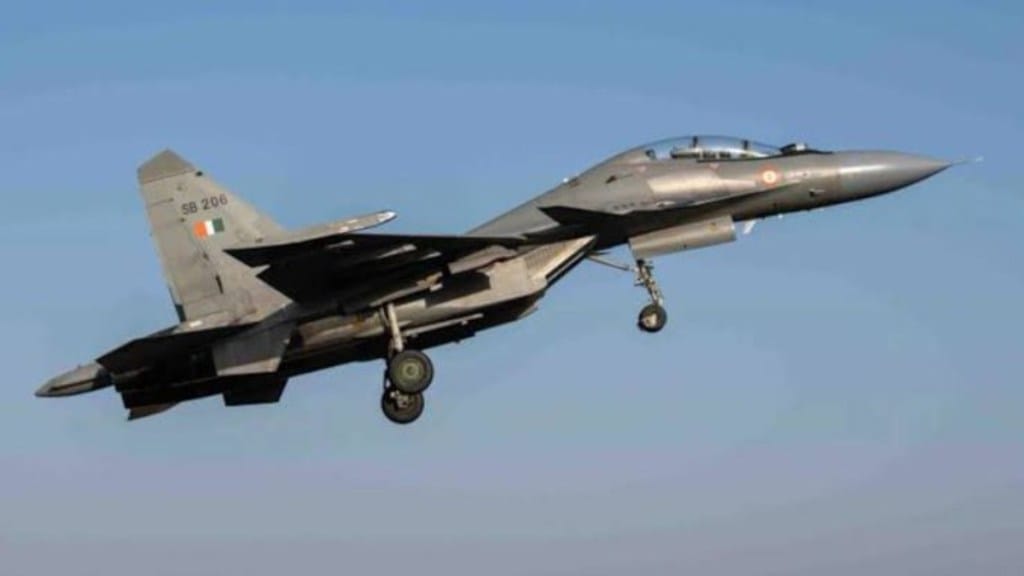A Sukhoi fighter jet of the Indian Air Force (IAF) crashed in Nashik today. The pilot and co-pilot ejected before the crash and have suffered only minor injuries. The twin-engine aircraft crashed in a field near Shirasgaon village and burst into flames. It had taken off from Ozar in Maharashtra’s Nashik and was on a test flight after being overhauled by Hindustan Aeronautics Limited (HAL).
A senior official confirmed, “The Su-30 MKI crash is confirmed. Both pilots ejected and have been recovered safely.”
Adding, “The aircraft was undergoing flight testing post-overhaul and was still under HAL’s inventory, so a formal statement from HAL is expected.”
Police and emergency services quickly reached the crash site, and the pilots are receiving medical treatment.
HAL Issues Statement
“A Sukhoi 30 MKI crashed while on test sortie from HAL Nashik at Shirasgaon. Both the pilots of HAL have ejected to safety. A technical snag was reported by the pilots. The exact reason will only be known after detailed investigation,” an official HAL stated.
Sukhoi’s Advanced Ejection System
The Su-30 uses the NPP Zvezda K-36DM ejection seat built by Russia, known for its zero-zero capability. This advanced feature allows pilots to escape from low-altitude or low-speed flights and ground mishaps during take-off or landing. The ejection seat is part of an overall ‘Egress’ system, which includes explosives under the seat and canopy, and parachutes to ensure the pilot’s safe exit.
During ejection, pilots experience high g-forces, up to 20 times the force of gravity, which can cause severe injuries. However, the extent of injuries suffered by the Su-30 pilots in today’s crash remains unclear.
Mainstay of the IAF
The Su-30 fighter jets form the backbone of the Indian Air Force, with over 200 aircraft operating in various squadrons across the country. These aircraft are crucial for the IAF’s operational readiness and capability.
Today’s incident highlights the risks involved in test flights but also underscores the importance of advanced safety systems like the NPP Zvezda K-36DM ejection seat, which played a key role in saving the lives of the two pilots.

